Integrated harm reduction services are about making services more accessible and empowering people to use them.
Integrated Harm Reduction Services
An integrated harm reduction service is a site or organisation that provides one or more ‘traditional’ harm reduction services (such as opioid agonist therapy or a needle and syringe programme) alongside other health and social services. In doing so, they ensure that a wide range of services are available and accessible to their clients.
This briefing highlights:
Integrated services are better placed to treat people as people
- Treating clients as rounded individuals, rather than reducing clients to ‘symptoms’ or ‘challenges’ encourages self-care and solidarity, and empowers clients to demand their rights.
- Collaboration in multidisciplinary teams can ensure that integrated services are complementary.
- Providing a space where people can simply exist in comfort and safety is just as important as formal health and social services.
- Holistic care and support can build self-worth, pride and solidarity, and combat the effects of stigma and discrimination.
Community leadership and involvement is transformational
- The leadership of peers eases the building of trusting relationships, and ensures that people are treated as human beings not just patients.
- Peer-leaders in integrated services have a unique insight into the lives and experiences of their clients, and can use that to provide compassionate and non-judgemental services.
- Working closely with clients and community improves the range and quality of services you can offer.
- Ensuring a culturally safe environment for Indigenous communities makes services more accessible and acceptable to people who may otherwise be marginalised.
Integrating services makes them more accessible
- Service integration is about making services accessible and empowering people to use them, without pressure or obligation.
- Integrating services makes them easier for clients to navigate, and can support clients to engage more effectively.
- Integrated services understand the barriers clients face when accessing external services, and can ensure that clients are referred to the most
appropriate options. - Even complex services, like blood tests and consultations, can be delivered in a way that places minimal burdens on clients’ time and resources.
Integrated services can adapt to their environment
- Enabling political and legal environments support greater integration and accessibility.
- Integrated services know their context and clients, and can make sure they have access to the most relevant and safest commodities.
- Sometimes it is necessary to recognise the limits of integration under one roof, some services might be better delivered separately.
In documenting integrated services, Harm Reduction International partnered with the Centro de Convivência É de Lei in Brazil; CAHMA (Canberra Alliance for Harm Minimisation and Advocacy) in Australia; SPARSHA in Nepal; CRESCER in Portugal; the Muslim Education and Welfare Association (MEWA) in Kenya; and KONTAK in Montreal, Canada.
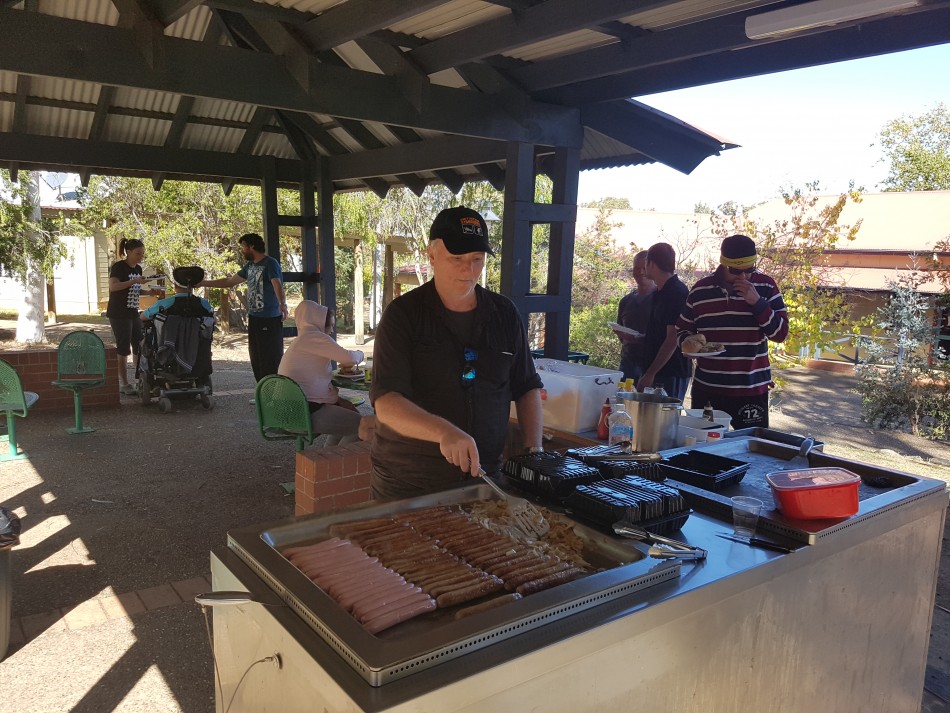
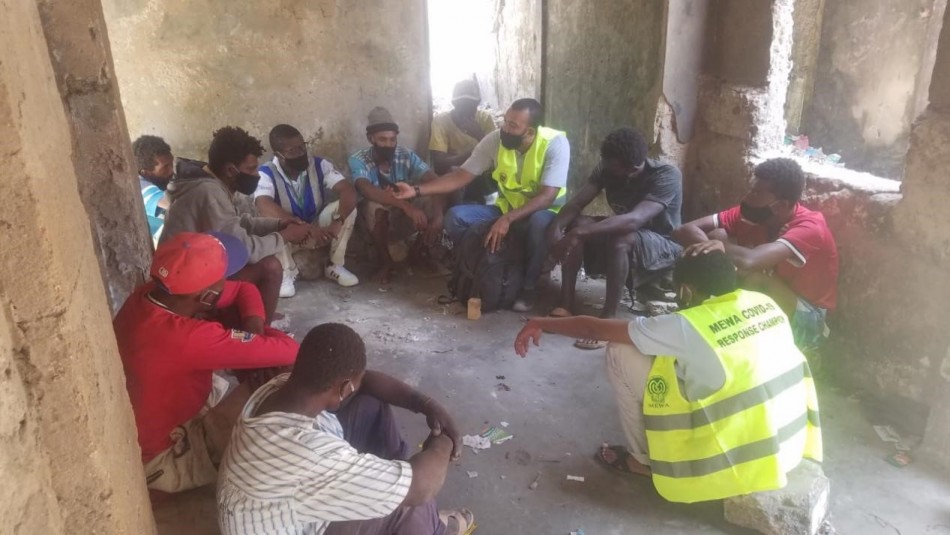

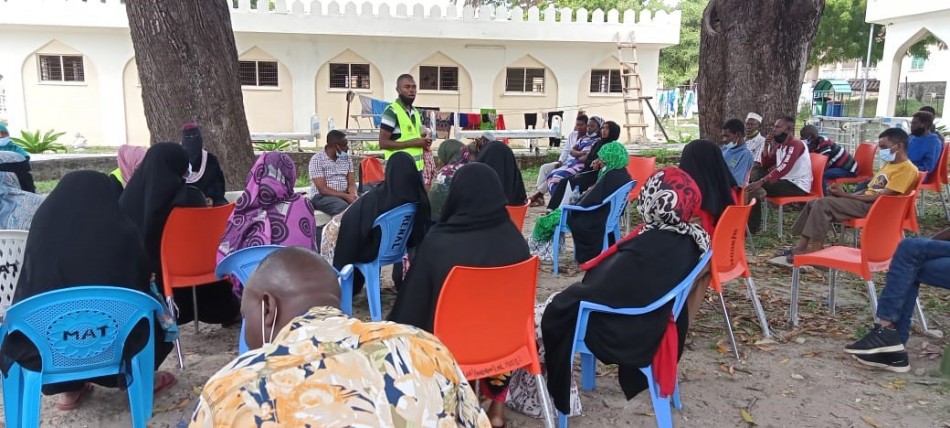
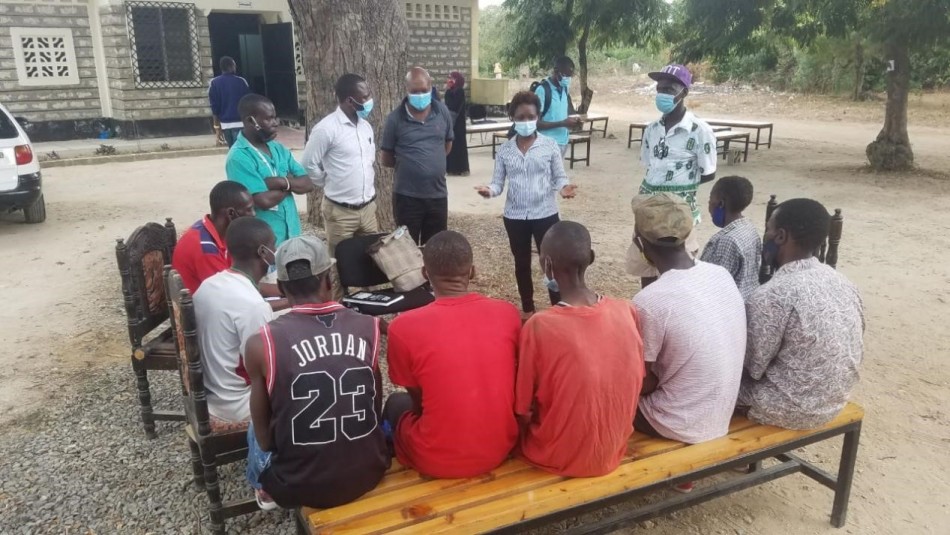
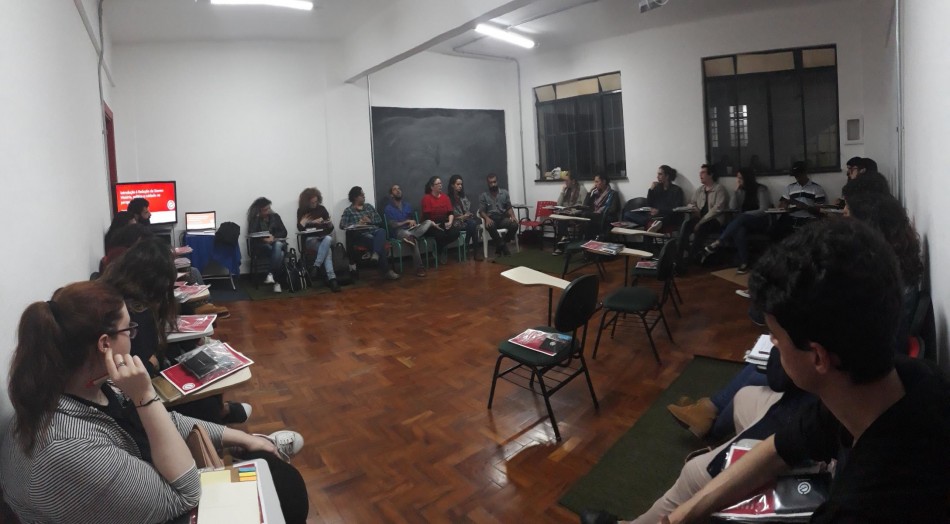
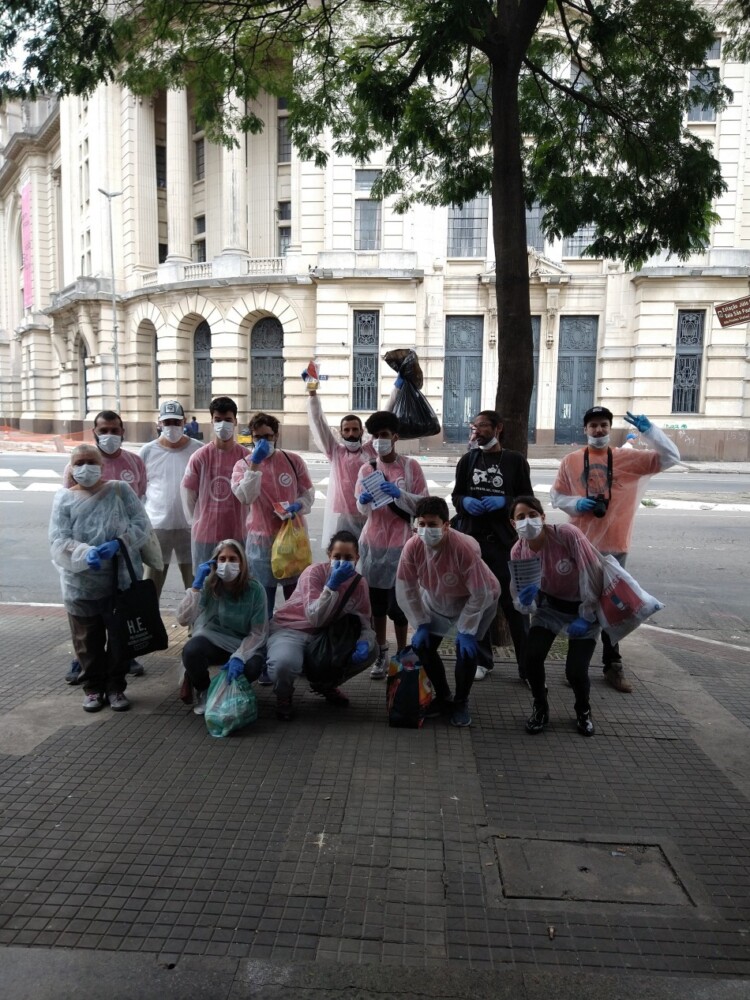
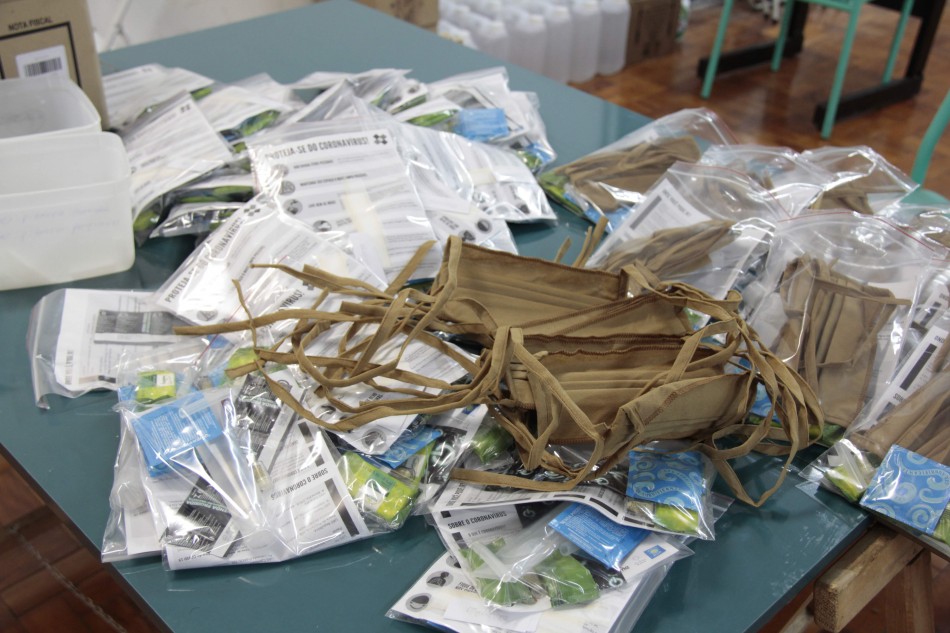
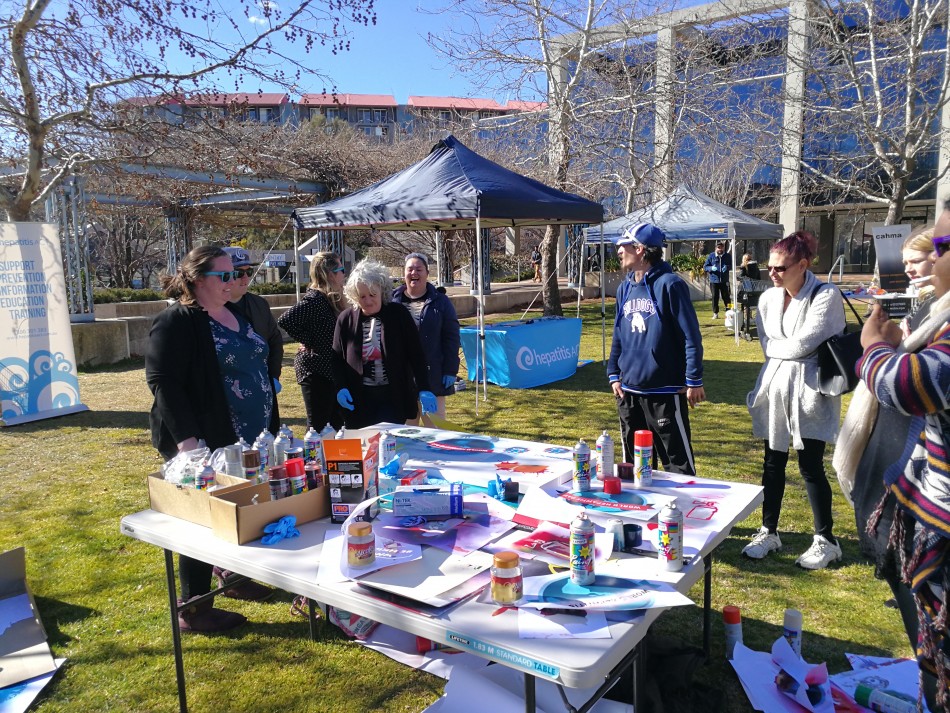
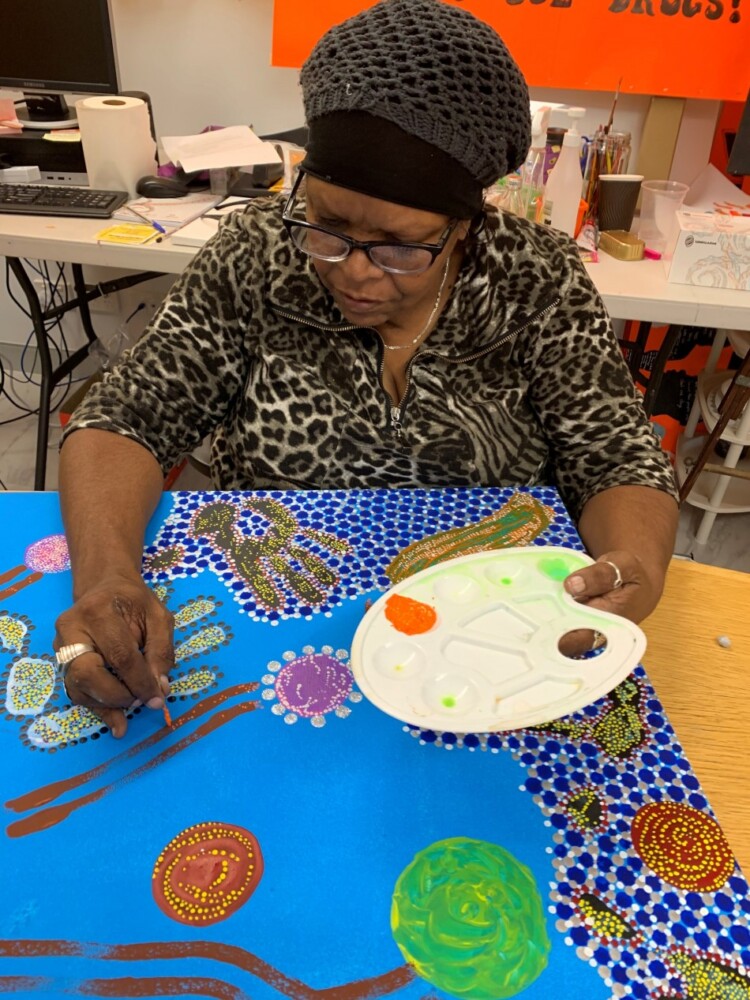
Don't miss our events and publications
Subscribe to our newsletter